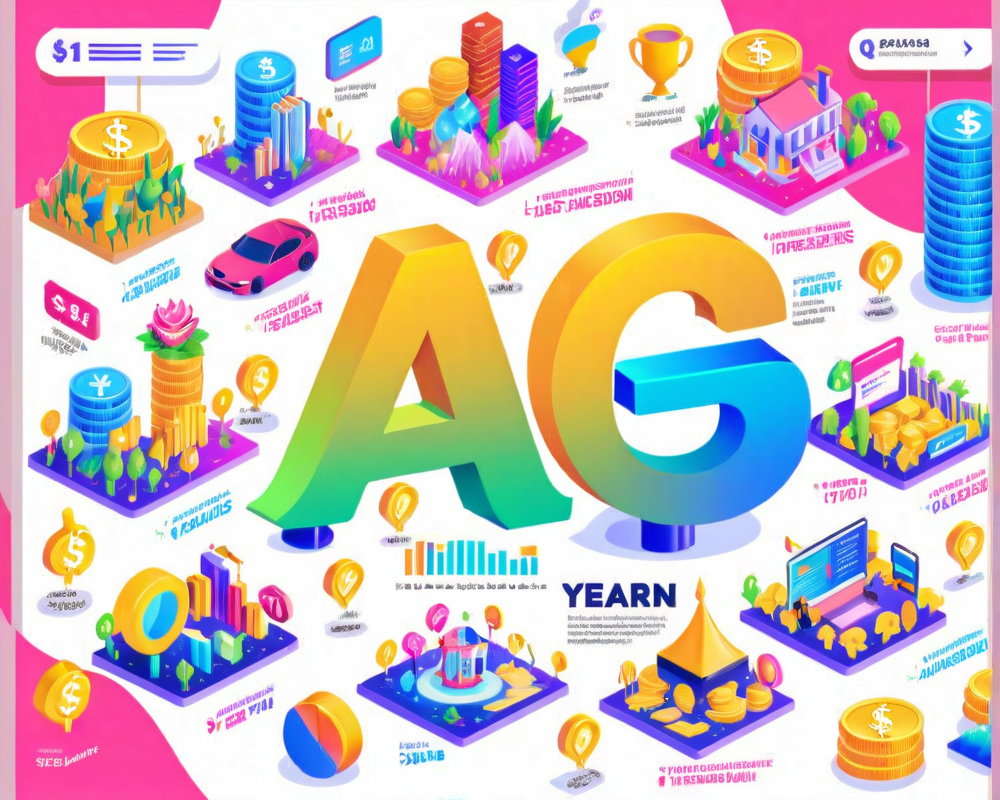A Fresh Take on Business Accounts
Circle, the company standing tall in the payments sector and known for its trusty USDC stablecoin, launched its Circle Business Account on March 10, 2020. Designed with internet-based businesses in mind, this account served as a bridge between the traditional fiat world and the burgeoning crypto landscape. With services that allowed businesses to accept dollar-denominated payments as USDC, Circle positioned itself as a user-friendly ally for companies wanting a little slice of crypto-action.
The Initial Offerings
Initially, these accounts came with juicy features like API integrations for seamless connections to traditional payment systems and a handy USDC wallet service. Businesses could even explore multiple e-commerce marketplaces, all while holding their cash in a stablecoin. It seemed like a win-win until DeFi crept into the picture and started offering more lucrative yields.
The Competition Grows
Those alluring returns highlighted a crucial point: why keep your USDC stashed in a Circle account when platforms like Aave and Fulcrum were offering up to 11.6% returns on stablecoins? It’s like stashing your cash under a mattress when you could be investing it. Spoiler alert: that’s a bad financial move.
Circle’s Strategic Counterattack
Come November 5, 2020, Circle decided to roll with the punches. The company revealed plans for new high-yield business accounts ready to compete with DeFi offerings directly. The new terms? A tantalizing range of interest-bearing accounts, with open-term options boasting 8.5% APY and 12-month accounts offering a stunning 10.75% APY. Talk about a game-changer!
A Blend of CeFi and DeFi
But hang on, it gets better. Yields on these accounts will be accrued daily and paid weekly—no more waiting around for your interest like you’re running a marathon at the post office. This agile structure mimics the real-time earnings from DeFi lending platforms, marking a shift in how we perceive earning from our investments.
Looking Forward: The Future of Finance
Circle’s move is a cog in the larger machine of what’s being dubbed the CeFi-Meets-DeFi phenomenon. Other players like OKEx and Bitrue have already put their hats in the ring, creating lending platforms that cleverly combine CeFi and DeFi features. As Raoul Milhado, CEO of Elitium, eloquently put it, integrating these two worlds can lead to innovative economies, making it easier for the masses to transition from centralized systems to decentralized frameworks.
Conclusion: A Win for Users
As we watch this quaint little seesaw battle between CeFi and DeFi unfold, one thing’s clear: the end-users come out on top. With better yields and more flexibility than ever before, it seems that embodying the spirit of innovation is no longer just a luxury for the tech-savvy—it’s becoming a necessity for any business looking to stay competitive in our ever-evolving financial landscape.




